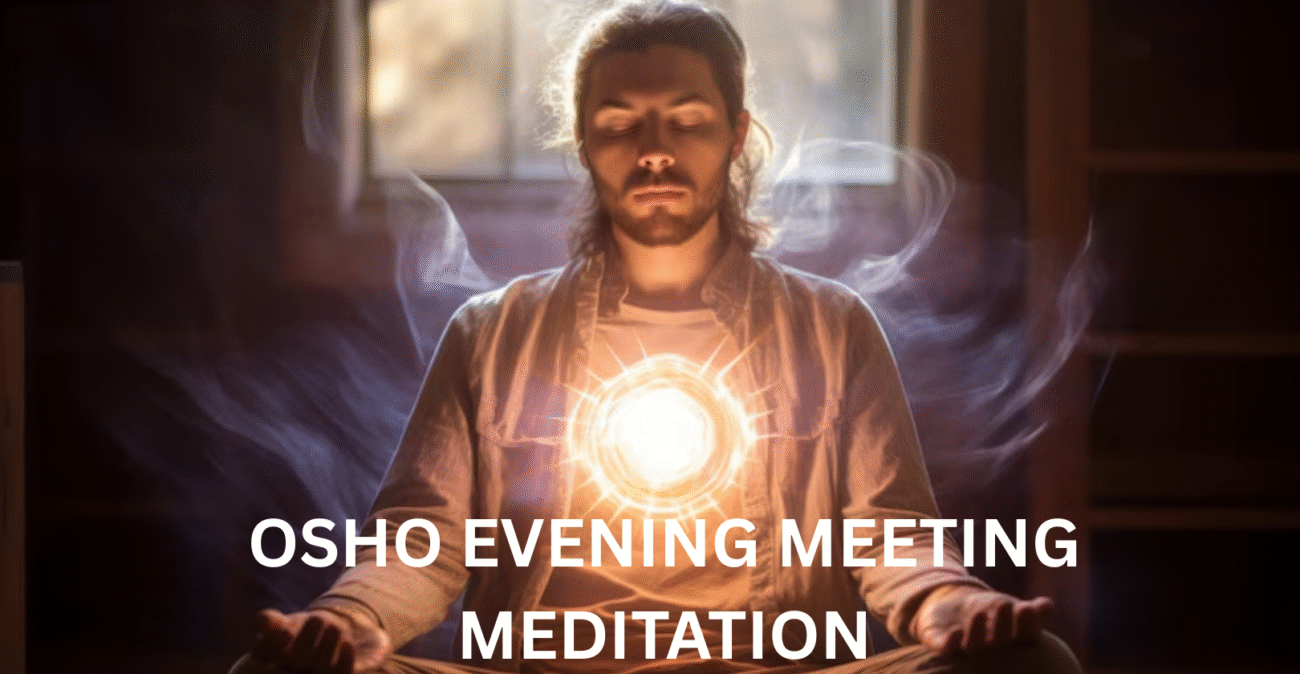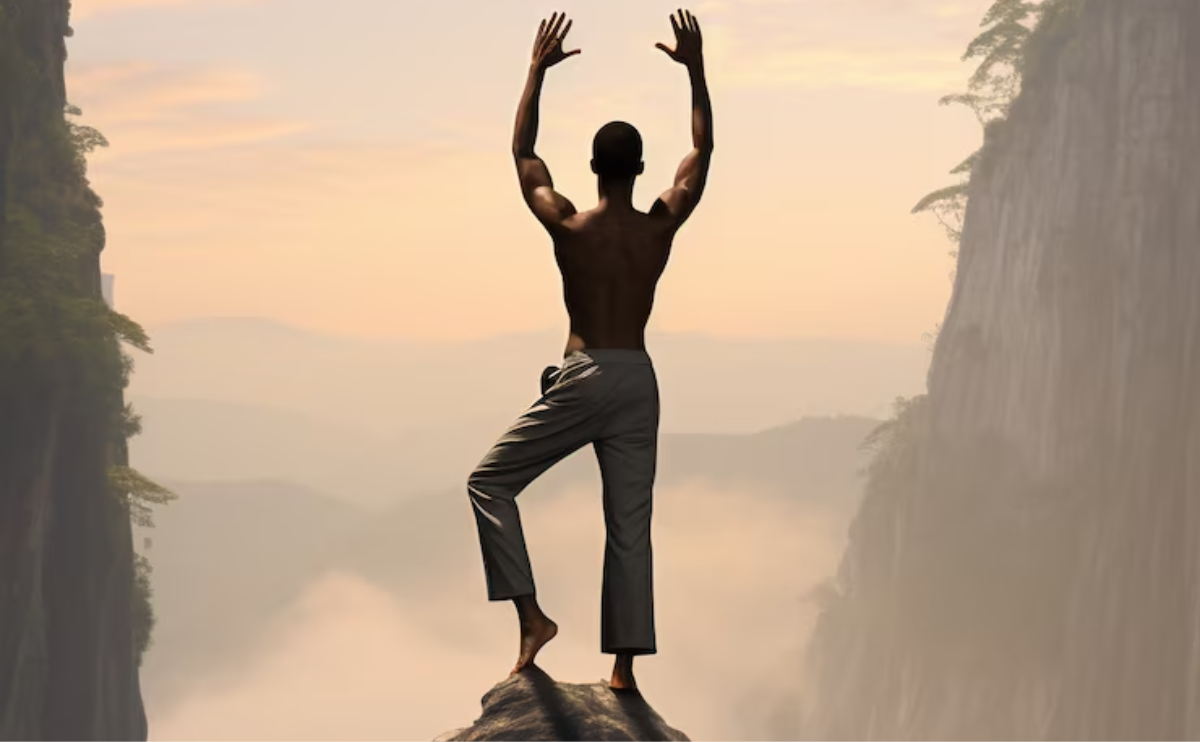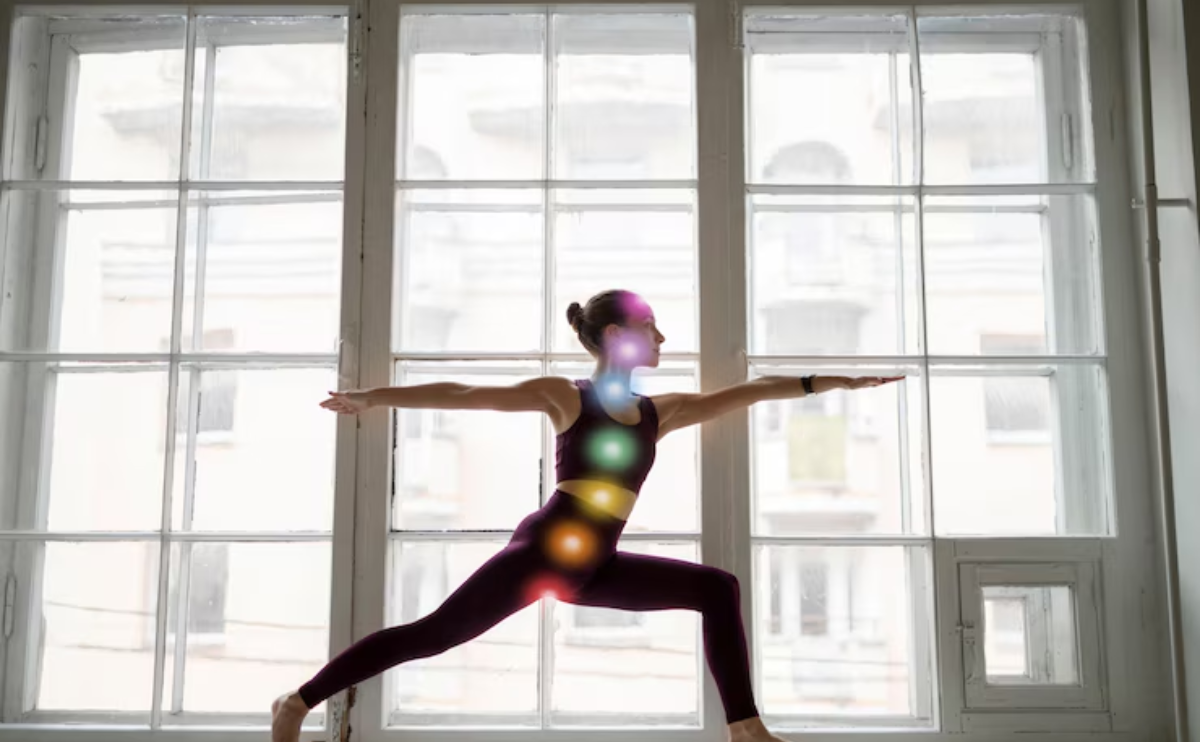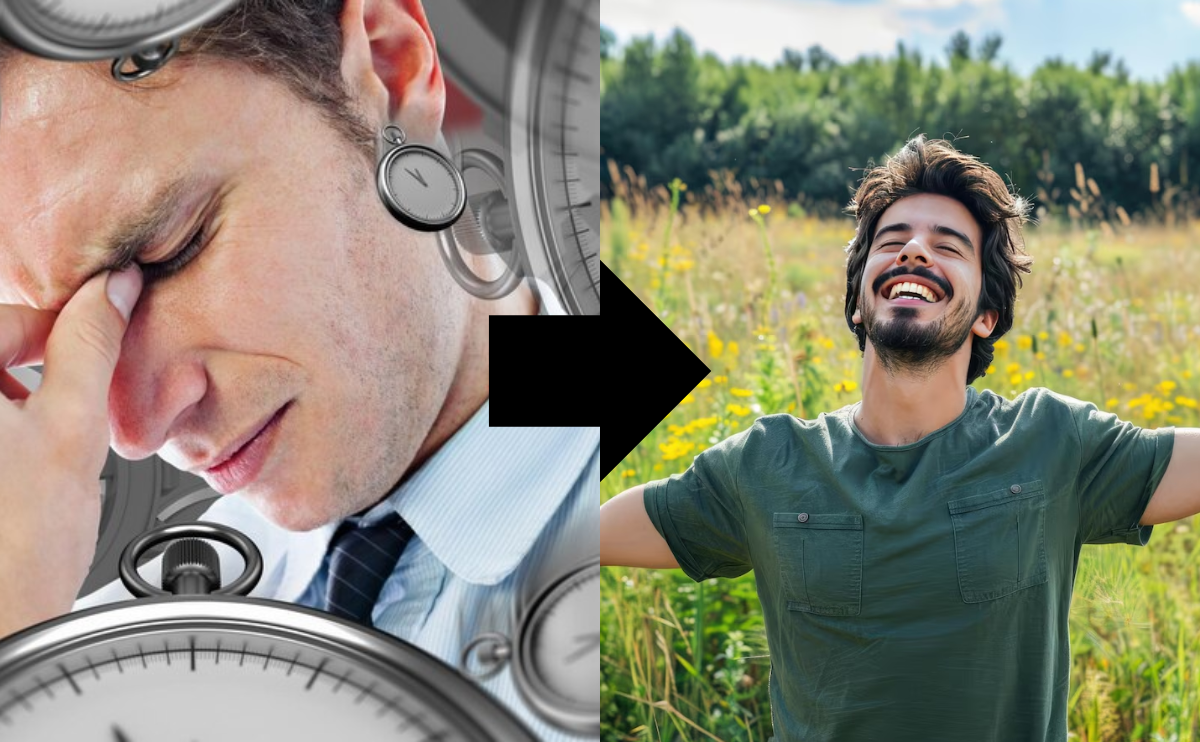Blog
Osho Kundalini Meditation: The Subtle Art of Shaking Into Stillness
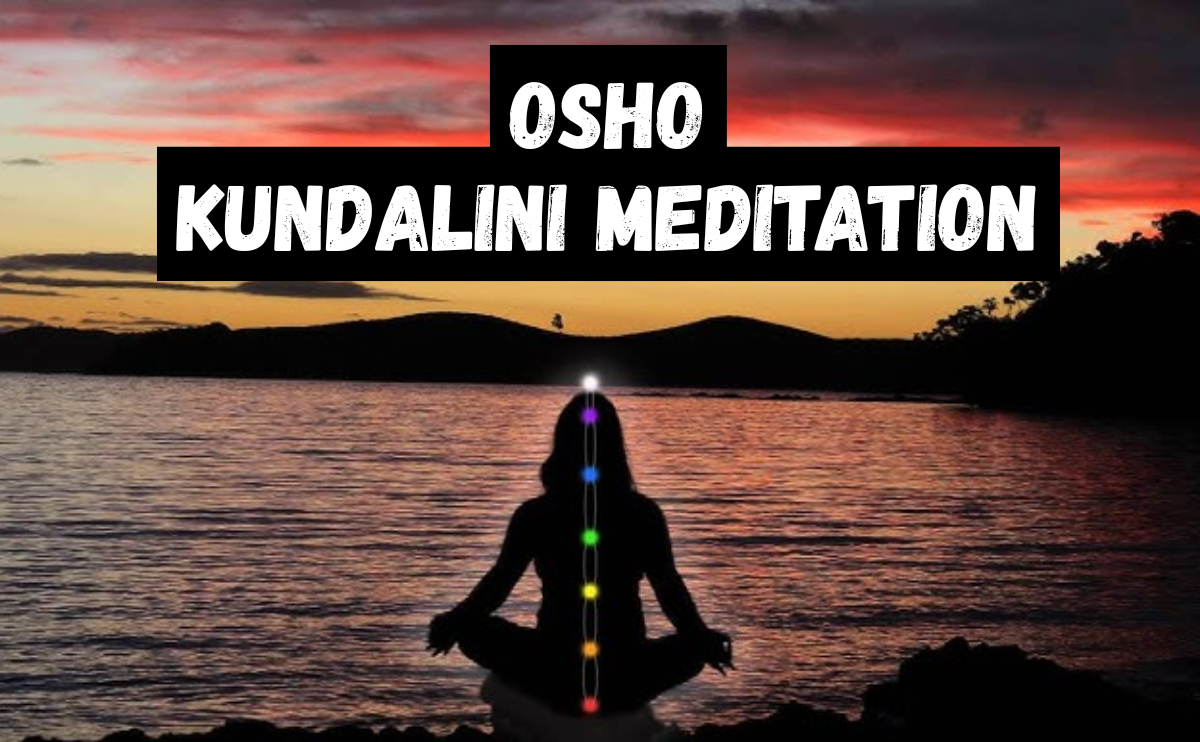
In a world where most meditation techniques ask you to sit still, Osho Kundalini Meditation begins with a surprise it asks you to shake. To many, this sounds unusual. But if you’ve ever felt stuck, numb, or overwhelmed by emotion, then this technique may just be the doorway to renewal you’ve been seeking.
Osho Kundalini Meditation is not merely a practice it is a designed experience. It is especially suited for the evening when the body is weary, the mind is overloaded, and the inner being craves release. It was created by Osho for the modern individual, someone burdened with the tensions of the day, and needing an energetic process to unwind before entering into silence.
Let’s explore what this unique meditation is, how it works, and why it’s a deeply transformative part of the healing journey.
The Essence of Kundalini
In ancient yogic traditions, “Kundalini” is a dormant energy believed to reside at the base of the spine. It’s not a metaphorical concept but an actual energetic potential. When awakened, it moves upward through the chakras energy centers within the body clearing emotional, mental, and spiritual blocks along the way. But the awakening of this energy cannot be forced. It requires a careful, conscious preparation of the body and mind.
Osho, in his intuitive genius, understood that for modern seekers, the usual passive sitting meditations weren’t enough. People today carry accumulated stress, suppressed emotions, and psychological rigidity. Sitting still for them becomes a battle, not a solution. That’s why he created Kundalini Meditation a practice that shakes the tension out of the body before inviting it into stillness.
Why It Was Designed
Osho observed that most people are disconnected from their bodies. Our lifestyles have become mental, mechanical, and rushed. This has led to a split within us a misalignment between the body, mind, and soul. The result? Anxiety, depression, fatigue, and emotional stagnation.
He designed Kundalini Meditation as a tool to shake this inner rigidity loose. By engaging the body first, it becomes easier to drop into a meditative state later. The shaking is not just physical it is energetic. It allows whatever is blocked to surface and dissolve. As you move, your emotional baggage begins to melt, leaving you lighter, more spacious inside.
This is why the meditation is ideally done in the evening—when your entire system needs to empty out the noise of the day. It is like a spiritual shower, washing the dust off your soul.
The Four Stages of Osho Kundalini Meditation
The meditation lasts for 60 minutes and is divided into four distinct stages, each lasting 15 minutes. Music is used to support the process, but the real guide is your own awareness.
Stage 1: Shaking (15 minutes)
Stand relaxed, feet shoulder-width apart. Let the body begin to shake gently at first, then more deeply. Don’t do the shaking; allow it. If your body begins to tremble, follow it. Let the energy rise from within and take over. This is not a performance—it’s a surrender.
Shaking helps to unfreeze emotional blockages. It moves the energy that’s been trapped in your muscles, joints, and nerves. You may feel laughter, tears, or sudden warmth arise. Let them come. This stage is where mind-body healing begins to activate.
Stage 2: Dancing (15 minutes)
After shaking, music shifts to a more expressive rhythm. Let yourself dance not as a performer, but as a free being. There’s no choreography here. Let your body move however it wishes. Dance like a river, like fire, like wind. Let your spirit express itself.
This stage is about joy and release. It allows energy to rise and be celebrated. Often, this dancing brings a sense of childlike innocence a reminder that healing can be playful.
Stage 3: Stillness (15 minutes)
Now the music stops. Sit or lie down in silence. Don’t move. Just witness. After such intense activity, your mind naturally drops into stillness. This is where meditation flowers. You are not forcing the silence; you are falling into it.
This stage offers a taste of true meditation the space where no effort is needed. The body is relaxed, the mind is quiet, and your being is simply present. You become a watcher, and through this witnessing, transformation happens.
Stage 4: Resting (15 minutes)
Soft music begins again. Rest in this state. Don’t do anything. Just remain present. This final stage integrates the experience. It’s a gentle re-entry into the world, carrying the stillness within you.
The Power of Movement and Silence
What makes Osho Kundalini Meditation unique is the blend of chaos and calm. It allows one to explore both the body’s vitality and the soul’s silence. In this process, you don’t suppress anything. You express, release, and then relax.
For many people, this meditation becomes a core part of their healing journey. It reconnects them to the body, restores emotional balance, and invites deep rest. Over time, practitioners report better sleep, reduced anxiety, clearer thinking, and a greater sense of presence.
Tips for Practicing
- Do it with sincerity, not seriousness. Let your body lead the way.
- Practice daily for a few weeks to feel its depth.
- Use a quiet space where you can be undisturbed.
- Let go of judgments. There is no right or wrong movement.
- Don’t skip the stillness stage. That’s where real meditation begins.
In Conclusion
Osho Kundalini Meditation is more than an evening routine it’s a portal to your inner self. It teaches that the way into stillness is not by fighting the body or controlling the mind, but by embracing movement, expression, and finally surrender.
In a world that glorifies constant activity, this practice reminds us that healing happens in waves of release and rest, motion and silence. When done with awareness, it becomes a sacred ritual for mind-body healing, a gentle yet powerful way to shake off the layers of stress and return home to yourself.
If you’re ready to dance with your energy, let go of your day, and meet yourself anew this meditation is waiting for you.
Related Posts
Letting Go with Osho: The Evening Meditation Flow
-
Posted by
 The Power Withinn
The Power Withinn
- 0 comments
Your Hidden Self Is Trying to Help You Heal
-
Posted by
 The Power Withinn
The Power Withinn
- 0 comments
Inner Strength Starts with Emotional Intelligence Skills
-
Posted by
 The Power Withinn
The Power Withinn
- 0 comments
Build Inner Strength with Mindfulness Practices
-
Posted by
 The Power Withinn
The Power Withinn
- 0 comments
Three Steps to Inner Freedom and Lasting Fulfillment
-
Posted by
 The Power Withinn
The Power Withinn
- 0 comments
The Inner Revolution: Gratitude as a Way of Being
-
Posted by
 The Power Withinn
The Power Withinn
- 0 comments
What If Your Next Breath Could Change Everything?
-
Posted by
 The Power Withinn
The Power Withinn
- 0 comments
Find Strength in Your Uniqueness, Not in Comparison
-
Posted by
 The Power Withinn
The Power Withinn
- 0 comments
The Yoga Effect: Rewire Your Mind, Rebuild Your Body
-
Posted by
 The Power Withinn
The Power Withinn
- 0 comments
Dopamine Overdrive Is Draining You — Time to Heal
-
Posted by
 The Power Withinn
The Power Withinn
- 0 comments
Manifest Mindfully: Law of Attraction for Real Change
-
Posted by
 The Power Withinn
The Power Withinn
- 0 comments
The Healing Journey Through Ho’oponopono Practice
-
Posted by
 The Power Withinn
The Power Withinn
- 0 comments
